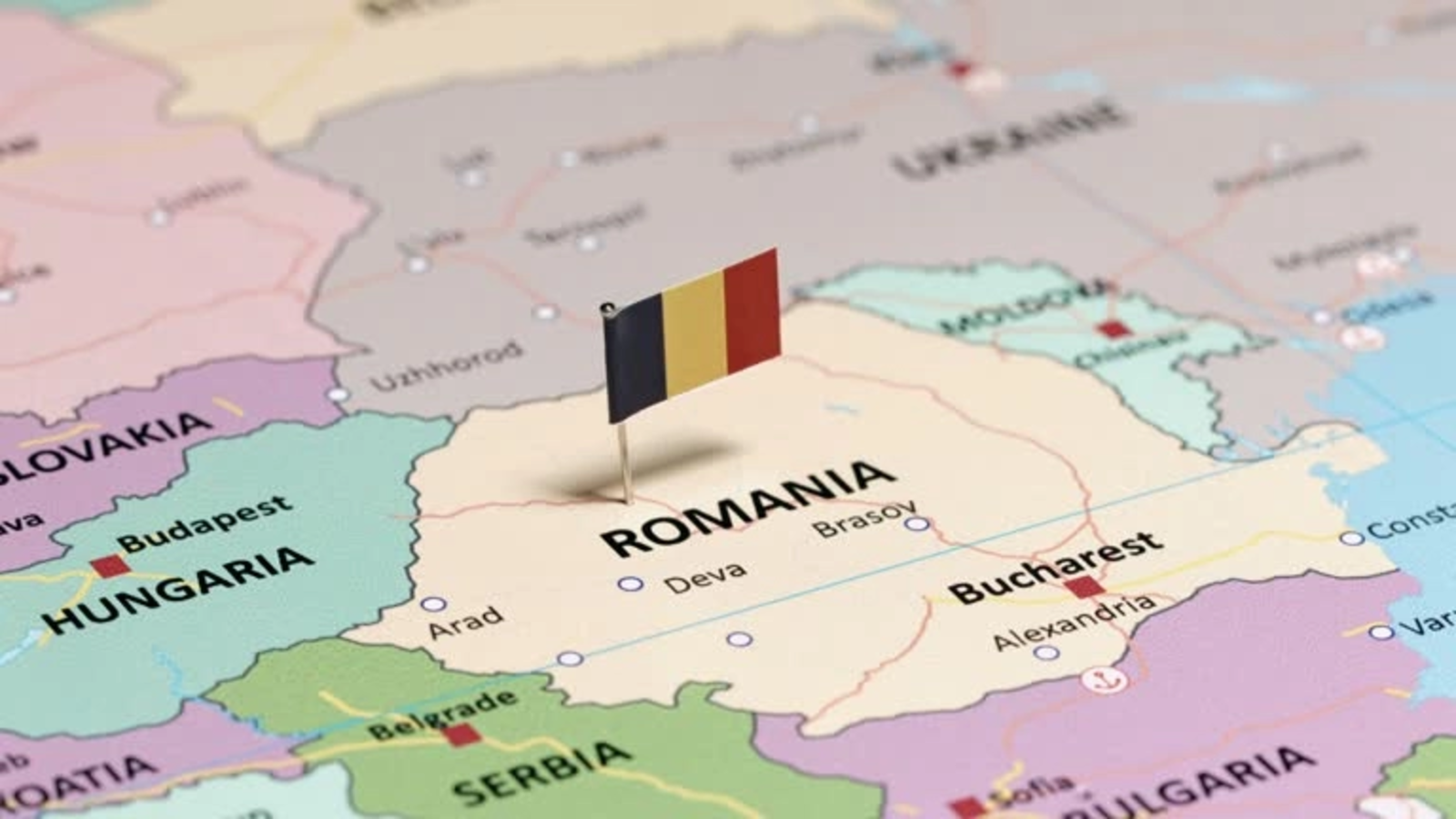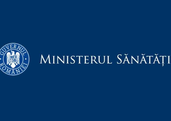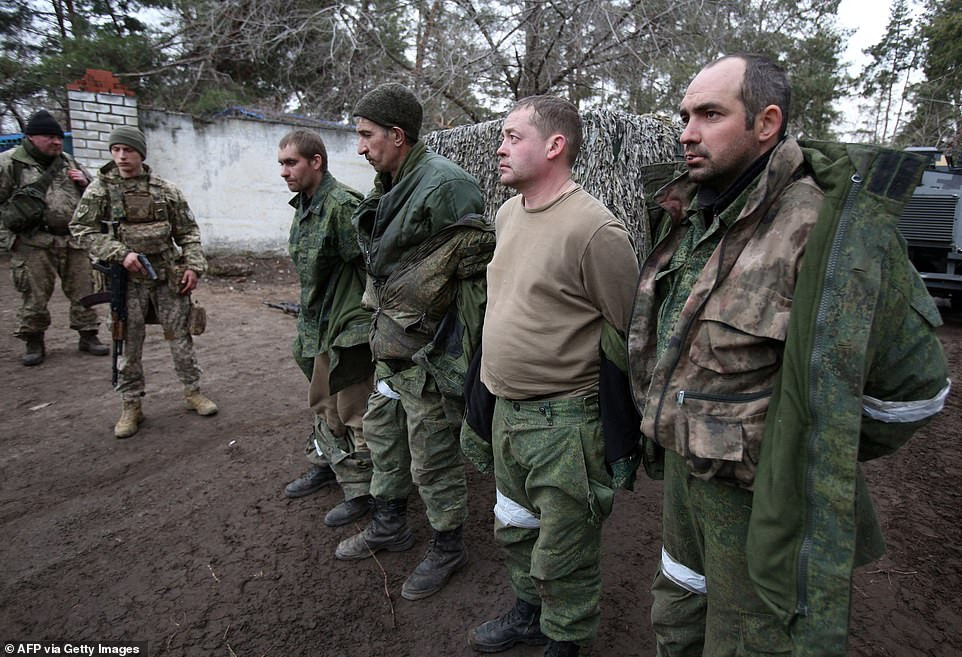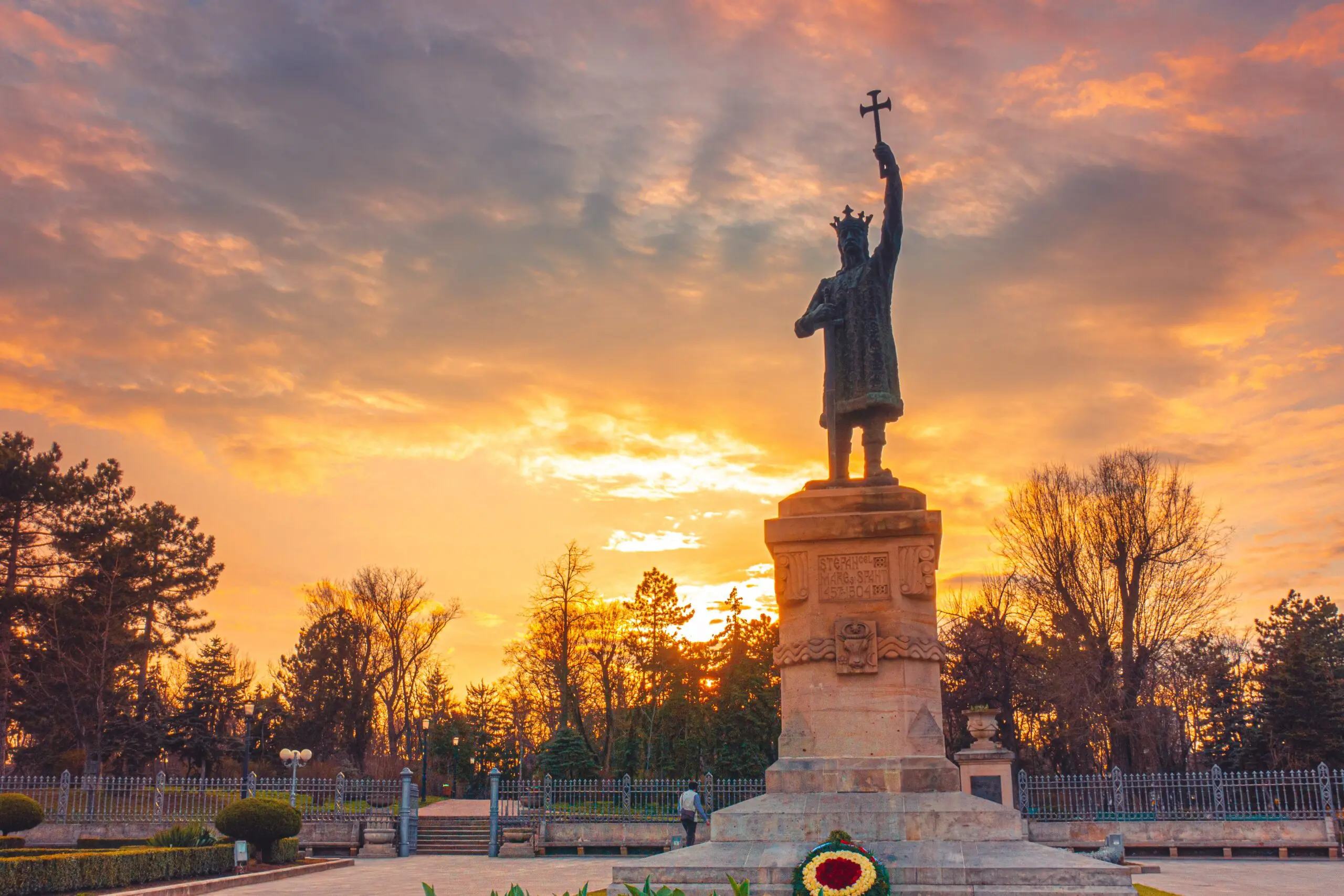The traditional event "Day of the 1,000 Szekler Girls", which celebrates Szekler folk traditions, brought together, on Saturday, in Sumuleu-Ciuc, dancers of all ages, coming from Harghita and neighboring counties, as well as numerous spectators, attracted by a celebration full of color, dance and good cheer. Agerpres report.
Like their ancestors, the members of the participating folklore groups, mainly those from the Ciuc area, came to Miercurea-Ciuc on horseback or in carts, just as their predecessors did.
The teams and animals were left in an area of the city indicated by the organizers, then the groups of dancers of all ages gathered on the stage in the center of the Administrative Palace.
According to the program, the county authorities and representatives of the Sâncraieni commune, which this year was the honorary host of the event, greeted those present and spoke about the significance of this event, which strengthens the sense of belonging to the community and has the role of preserving Szekler traditions.
One of the most anticipated moments was the joint dance of those present, with members of the folklore groups performing for a few minutes in front of the spectators.
Among those who danced were people of all ages, including very young children or elderly people in their 70s or 80s, as well as spectators who came to admire them.
The deputy director of the Harghita Szekler Choreographic Theatre, Zoltán Füleki, said that the event was first organized in 1931, with the aim of preserving the traditions of the area.
"We are trying to carry forward that tradition that began in 1931, with the aim of preserving the traditions, the folk costume, in a living way. That is, let's not get to the point of taking out old photos and looking and saying: oh how beautiful they were! If we look now, we see how beautiful the girls are dressed in folk costume! And they feel good and this also gives a sense of community, of belonging. (...) I say that no matter who and where in this world tries to preserve traditions, they should do well and continue to do so. And this should be encouraged, not discouraged," Zoltán Füleki told AGERPRES.
The mayor of Sâncrăieni commune, Szekely Ernő, expressed his joy and emotion that the locality is, after 35 years, the honorary host of the event.
He said that over a hundred young people from the commune are active in traditional dance teams and this gives hope that the tradition will be passed on.
Andras Imre, 67 years old, from Sâncraieni, came to the event dressed in traditional costume and confesses that he enjoys wearing it at community celebrations.
"This event is beautiful, because it is ours and this is how we preserve our traditions," he said.
The Vice President of the Harghita County Council, Borboly Csaba, showed that the significance of the religious-cultural meeting is the same as in 1931, when it was first organized, and is related to the importance of family, faith and the preservation of traditions, with an emphasis on transmitting community values to future generations.
"If these things are still achieved today, then families will be founded, who will have children and will be able to carry forward (...) those values that I believe represent us as a people, here, in these lands, in Szeklerland," Borboly declared for AGERPRES.
After the common dance in the center of Miercurea-Ciuc, the members of the folklore ensembles set off in carriages, on horseback or by bus to the Franciscan cathedral in umuleu Ciuc, where, according to tradition, a service was celebrated.
Then, all participants climbed into the saddle between the hills of Sumuleul Mare and Sumuleul Mic, and the dancers performed all day on the stage in front of the altar where, every year, the liturgy is celebrated as part of the great Catholic Pentecost pilgrimage.
The organizers have also prepared various related activities, such as a fair with handicraft products, as well as demonstrations by well-known craftsmen, traditional games for children, exhibitions and interactive workshops.
Those who wanted to had the opportunity to try on and take pictures in the Secui folk costume.
The organizers of the event are the Harghita Szekler Choreographic Theatre, in collaboration with the Miercurea-Ciuc City Hall, the Harghita County Cultural Center, the ''Day of 1,000 Szekler Girls'' Foundation and the Covasna County Cultural Center.
"The Day of the 1,000 Szekler Girls" took place for the first time in 1931, initiated by the Hungarian professor and ethnographer Domokos Pal Peter, out of the desire to preserve the traditions of the Szekler people.
The event was banned during the communist era and was revived after 1990, becoming very popular and beloved in the area. Organizers say that it is now a celebration of dance, prayer and folk costumes, a way to celebrate the area's traditions and community values

































Comentează